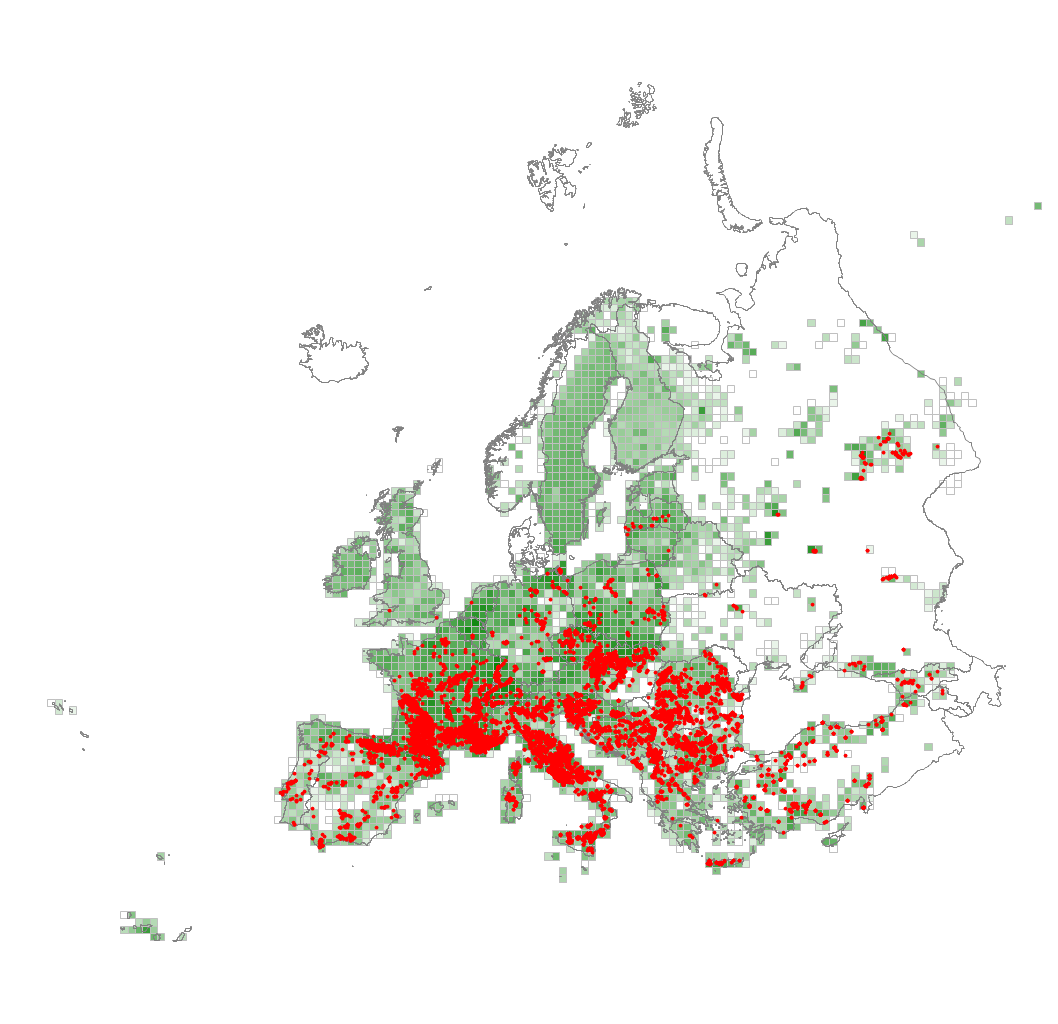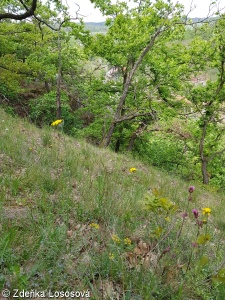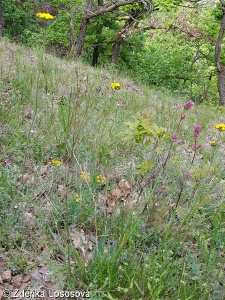T19 Temperate and submediterranean thermophilous deciduous forest
These thermophilous broadleaved deciduous forests form a wide, but interrupted, belt across the submediterranean zone of Europe, with milder winters and warmer drought-prone summers than sustain the broadleaved temperate forests, but colder, intermittently frosty and snowy winters than are typical for the evergreen broadleaved forests and scrub of the Mediterranean. To the north, they tend to occupy low-altitude, drier and warmer sites, and to the south, rainier sites at higher altitudes.
Chytrý M., Tichý L., Hennekens S.M., Knollová I., Janssen J.A.M., Rodwell J.S. … Schaminée J.H.J. (2020) EUNIS Habitat Classification: expert system, characteristic species combinations and distribution maps of European habitats. Applied Vegetation Science 23: 648–675. https://doi.org/10.1111/avsc.12519
Version 2025-10-03, https://doi.org/10.5281/zenodo.16895007.
For the official presentation of the EUNIS Habitat Classification from the European Environment Agency, please see: EUNIS Terrestrial Habitat Classification 2021. The FloraVeg.EU presentation may show modifications and partial updates to the habitat classification.

1.jpg)
2.jpg)


3.jpg)
4.jpg)


29.jpg)